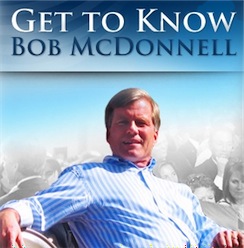 By Peter Galuszka
By Peter Galuszka
There must be considerable gnashing of teeth in the Governor’s Mansion. Robert F. McDonnell had been working so hard to distance himself from his social conservative past, notably that nettlesome and Neanderthal anti-gay and anti-female graduate thesis.
He had worked hard to remake himself as a reasonable moderate, thus setting himself up for the Big Time, namely a vice presidential slot. Up to now, things had been looking good. True, his plans to privatize state liquor stores and erect offshore oil platforms have gone nowhere, but McDonnell has enjoyed strong popularity ratings and has received a fair number of invites on national TV talk shows.
This Republican-dominated General Assembly, however, is helping destroy a lot of his hard work. Virginia is getting negative national attention for such mindless, hard right policies such as lifting sales restrictions on handguns and forcing women seeking a legal abortion to pay for a trans-vaginal ultrasound test. Legislators have slapped gay couples across their cheeks by making it harder for them to adopt children. ”Foreign” looking people must go through citizenship checks if they are stopped by police who don’t who don’t have the time, money or will to do so.
Virginia has already made the “Really” segment of Saturday Night Live and now Jon Stewart is sniffing around. But there’s more to Mickey D’s woes. Wild man Atty. Gen. Kenneth Cuccinelli has bucked the state GOP establishment and is running for governor when Republican power brokers had already hand-picked affable Lt. Gov. Bill Bolling. An even bigger-time wingnut, Bob Marshall, is running for Senate, challenging GOP favorite George Allen. Neither move helps McDonnell.
The blogosphere is rife with rumors that Mickey D is considering some serious backpedalling. Norman Leahy, always a reliable source, reports that some Republican legislators and McDonnell are brainstorming schemes to weaken or delay the ultrasound fiasco, that has brought more than 1,000 protestors to Capitol Hill, not an ordinary event in genteel Richmond. Leahy quotes political insider Paul Goldman as saying, “You don’t get selected the VEEP on a winning political ticket when Saturday Night Live skits are part of the package put together by a Presidential nominee’s team vetting running mates.”
That raises another question. Which candidate would McDonnell serve as VP candidate? The easy answer had been Mitt Romney. But things aren’t going so well for Romney right now. As for Rick Santorum, the last thing they’d need is a VP with as much social conservative baggage as McDonnell has.
McDonnell might be able to finesse the problems by unplugging the transvaginal business and moving forward with his budget. He had planned one of his smoke and mirrors specials to boost transportation funding by cheating education out of a part of the sales tax. Now it looks like we might get a hike in the gasoline tax, at least to mesh with inflation. And that, dear children, would make Mickey D. look worse than Tim Kaine ever could have.

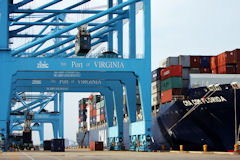
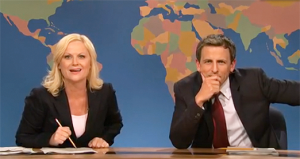
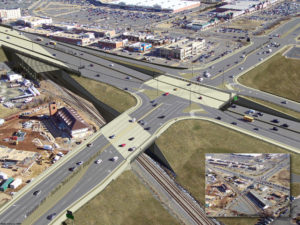
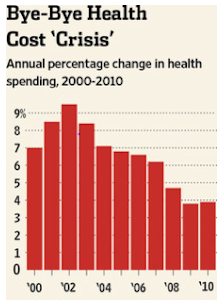
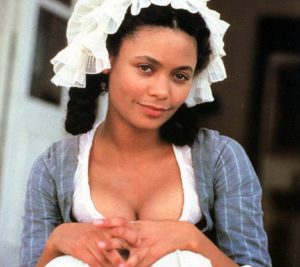


 By Peter Galuszka
By Peter Galuszka


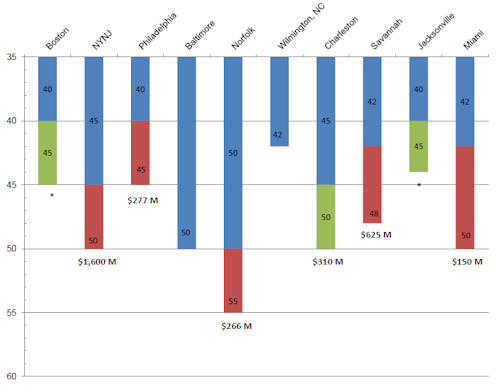
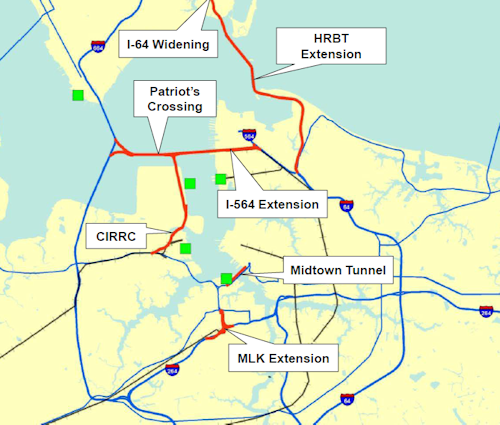
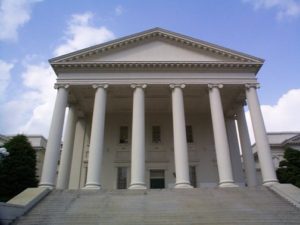 By Peter Galuszka
By Peter Galuszka By Peter Galuszka
By Peter Galuszka
